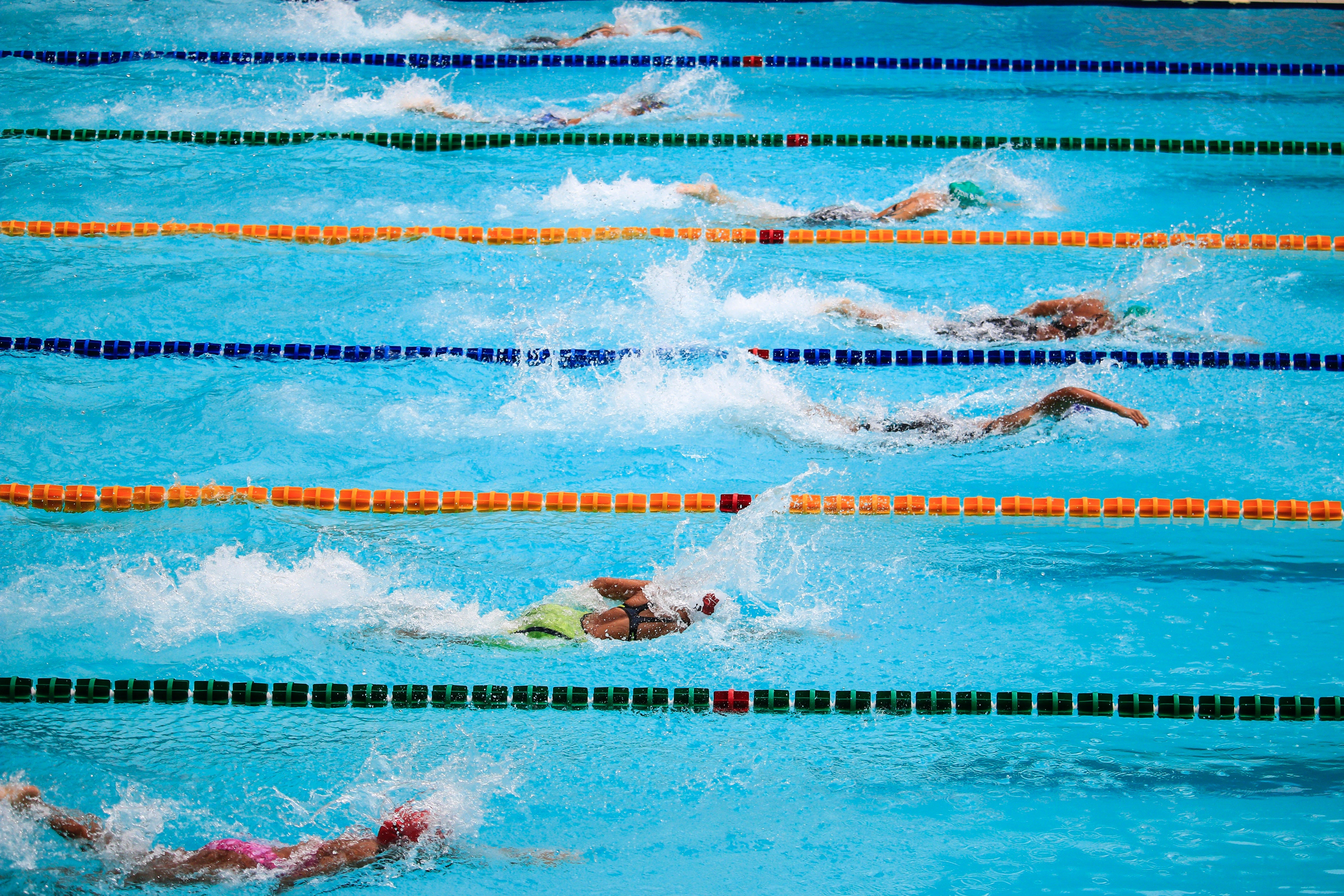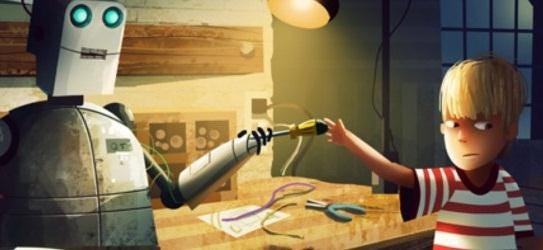
“A common trend we see is that experts in a field can become dogmatic and close-minded over time and they simply lose some of the intellectual curiosity that they had at the outset of their careers. And because they fail to question certain assumptions that they’ve made historically, they aren’t listening to those new voices.” — Michael Roberto (Innovation Show Episode 185)
Soon, organisations both big and small will consist of some combination of smart robots, algorithms, and humans to varying degrees (many do already). Covid-19 will be an accelerant towards digitisation, automation and artificial intelligence as organisations scramble to automate as many tasks as possible before the next lock down. As this first global lockdown thaws, the greatest danger for organisations is to believe everything will go back to normal like the end of a superhero movie. Yes, we will adapt, humans are remarkably capable of adaptation, but the new normal will be more digital. Where does this leave the human as job and skill requirements adapt to what upcoming guest on the Innovation Show Ed Hess calls “The Smart Machine Age”?
No More Swim Lanes

“A human being should be able to change a diaper, plan an invasion, butcher a hog, conn a ship, design a building, write a sonnet, balance accounts, build a wall, set a bone, comfort the dying, take orders, give orders, cooperate, act alone, solve equations, analyze a new problem, pitch manure, program a computer, cook a tasty meal, fight efficiently, die gallantly. Specialization is for insects.” — Robert A. Heinlein
Before I describe the state of the nation from a human intelligence perspective, I want to first share the current state of artificial intelligence. I will do this at a top level using the metaphor of swimming.
Artificial Narrow Intelligence (ANI) also known as “Weak AI” or “Narrow AI” is the artificial intelligence prevalent in our world today. This is the AI that performs minor tasks. If AI could swim, weak AI doggy paddles but in the baby pool or the shallow end and is often even thrashing about the pool wildly.

Narrow AI is AI programmed to perform a very specific task extremely well. The more specific the task, the easier it is for a human to programme the machine. If this AI were to swim, it would swim proficiently but stay in its lane. It could not switch lanes, where the other lanes represent unchartered waters.
Artificial General Intelligence AGI or “General AI” is where a machine can perform a variety of tasks comparable to a human. This AI can not only swim in any lane, but it can swim in any water. This AI will swim better than any human.
“Strong AI”, “Super AI” or “Superintelligence” is artificial intelligence that can outperform human capabilities. Strong AI will swim in any liquid, never need to come up for air, perfect swimming techniques and teach other AI how to swim, but we are not there…yet!
AI is increasing in prevalence, accelerated by the disruption caused by the Covid-19 pandemic. However, there are still many things that humans do better than AI. The challenge is that organisations recognise the importance of human skills. Moravec’s Paradox is the discovery by artificial intelligence and robotics researchers that, — contrary to assumptions — high-level reasoning requires very little computation, but low-level sensorimotor skills require enormous computational resources. This means it is harder for AI to perform general tasks than it is for AI to perform specific tasks.
For example, it is easier for an AI to learn what a surgeon does in surgery than it is to learn what the surgeon’s personal assistant does in their day-to-day tasks. The personal assistant must manage a very diverse workload, full of less economically valued, but complex tasks that require dozens of skills like creativity and empathy — skills that computers will never have. Compared to a personal assistant, the surgeon’s tasks are relatively easy for AI. To an AI, surgery is a simple case of data in, probabilities out.
The job of a personal assistant pays less than that of a surgeon not because they require fewer skills, but because the skills needed to be a personal assistant are widely available, whereas comparatively few people have the less common ability to perform surgery.

In 1966, philosopher and polymath Michael Polanyi argued that there is a vast realm of human knowledge that comprises learning and skills that lie beyond our explicit understanding. There are many tasks we understand intuitively how to perform but cannot verbalise the rules or procedures behind those tasks. For example, articulating every element of how you drive a car from point A to point B is difficult, there are many nuances we take for granted.
Those who work in the fields of AI and automation consider Polanyi’s paradox an obstacle since the absence of consciously accessible knowledge creates tremendous difficulty in programming AI. We can consider Polanyi’s Paradox, as the more difficult it is to describe your role; the less replaceable your role will be.
With all this in mind, a new paradox comes to the fore. Today, hyper specialism means job security and higher economic value. Tomorrow, the more specific the task, the more programmable the task. The more programmable the task, the more replaceable the role.
The Machine Age Paradox

Ed Hess tells us, “Today the dominant definition of “smart” is quantity based. It means that I’m smarter than you if I know more than you. To determine that, we typically see which one of us makes the fewest mistakes or gets the highest test scores. This definition is partly a legacy of the Industrial Revolution’s need for mass education of workers who could perform the required repetitive manual tasks in factories without making mistakes. Today it’s a consequence of a knowledge-based economy where “knowing more” is rewarded. In the smart machine age, it will be impossible for humans to know more content than a smart machine. Such machines will process, remember, recall, pattern match, find variances, and synthesize more data faster and more accurately than any human. Humans will never outsmart smart machines if a quantity of knowledge is the standard. Old Smart breeds intolerance of mistakes and failure, which are required for the kind of iterative learning that underlies innovation, scientific discovery, entrepreneurship, and creativity. In the SMA, Old Smart will become the new “stupid.” NewSmart is a new definition of human smart that reflects the increasing cognitive capabilities of smart machines and is measured not by quantity — how much you know — but by the quality of your thinking, learning, and emotionally engaging with others. NewSmart is not about always being right, being perfect, and knowing more.”
From a young age, parents, teachers, mentors have guided us into swim lanes of knowledge. We often take up the hobbies based on the preferences of others. We often choose our college degrees based on the opinion of strangers. We often pick our careers based on the expectations of parents. We often stay based on the fear of losing status. Suddenly we find ourselves stuck in an unfulfilling role, working for a company that competes with our values. Our lives are full of regrets and “what ifs”. The thing we have become “best at” may have become the very thing that trips us up. However, it is now time to embrace fresh challenges, it’s time to cross swim lanes. I would write that it is never too late, but soon it will be.
I am not saying we do not need experts, more than ever we need people who are passionate about certain subjects. What we do not need is experts who lack the humility to consider that their thinking cast in stone. All thinking is malleable and in a world of rapid change opinions are hypotheses. While it will be difficult for many of us to unlearn and relearn, we can start embracing such a mindset for generations to come.
Teaching children to think critically, to think humbly, to experiment creatively, to challenge respectfully, to understand biases and to challenge existing worldviews is ever more important than filling their minds with specific knowledge. Giving them the tools to learn is vital. Giving them permission to swim beyond their swim lanes is essential.
“The lucky few who can be involved in creative work of any sort will be the true elite of mankind, for they alone will do more than serve a machine.” — Isaac Asimov
This last week has been a huge week for the Innovation show. Microsoft + Startups is now our sponsor for the show.
We had 3 episodes with
EP 215: Unstuck, How to Activate and Unlock the Wisdom of Others with Craig Lemasters
EP 217: How to Elevate Your Presence in a Virtual Meeting and Get to the Point with Joel Schwartzberg